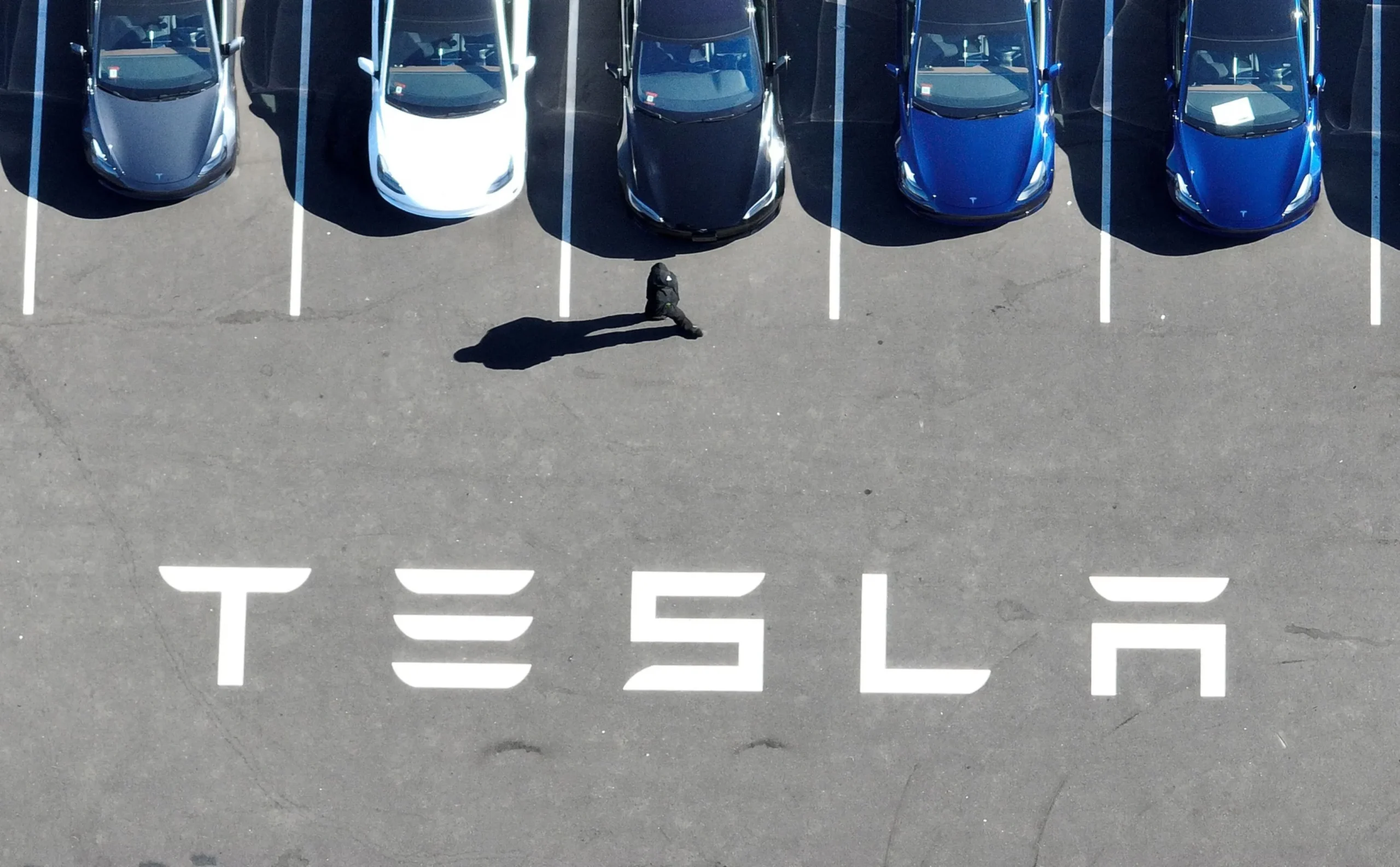Tesla’s, the global leader in electric vehicles (EVs), has been at the forefront of innovation, sustainability, and luxury. However, recent trade concerns have cast a shadow over its operations, raising questions about its ability to maintain its competitive edge. Amidst these challenges, the spotlight shifts to affordable EVs, which are rapidly gaining traction in the market. This blog explores Tesla’s trade concerns and delves into the features that make affordable EVs a compelling choice for consumers.
Table of Contents

Want To Know More About EV
Charging Your Drive with Electrifying Insights?
Tesla’s Trade Concerns: A Closer Look
Tesla’s trade concerns stem from a combination of geopolitical tensions, tariff policies, and supply chain disruptions. These factors have created a challenging environment for the automaker, impacting its production costs, market access, and overall profitability.
- Tariff Challenges: Tesla has raised concerns about the impact of tariffs on its operations. The company has highlighted how trade policies, particularly those involving metals and components, have increased production costs. This has made it difficult for Tesla to maintain competitive pricing in key markets.
- Supply Chain Disruptions: The global semiconductor shortage and fluctuating raw material prices have further compounded Tesla’s challenges. These disruptions have affected the availability of critical components, leading to production delays and increased costs.
- Market Access Issues: Geopolitical tensions have also affected Tesla’s market access. For instance, retaliatory tariffs and trade restrictions have limited the company’s ability to expand in certain regions.
Despite these challenges, Tesla remains committed to its mission of accelerating the world’s transition to sustainable energy. The company continues to innovate and adapt, exploring new markets and technologies to overcome these hurdles.
The Emergence of Affordable EVs
Electric vehicles have long been associated with high price tags, making them unattainable for a significant portion of consumers. This perception, however, is changing as more automakers enter the affordable EV segment. But why is this segment gaining popularity?
- Wider Appeal: Affordable EVs are specifically designed to cater to first-time EV buyers or budget-conscious consumers. This expands the target audience beyond early adopters to include mainstream consumers.
- Environmental Awareness: As climate change becomes a growing concern, people are increasingly choosing eco-friendly options. Affordable EVs provide an accessible way for consumers to contribute to sustainability.
- Increased Competition: The EV market has seen a surge in competition, with brands like Nissan, Tata Motors, and BYD offering affordable alternatives. This competition has compelled automakers to focus on affordability without compromising quality.
Affordable EVs are no longer seen as a secondary option; they have emerged as a formidable force in the automotive market, reshaping the industry landscape.
The Rise of Affordable EVs
While Tesla grapples with trade concerns, affordable EVs are emerging as a game-changer in the automotive industry. These vehicles are designed to make electric mobility accessible to a broader audience, offering a range of features that cater to diverse consumer needs.
- Cost-Effectiveness: Affordable EVs are priced to appeal to budget-conscious buyers. By focusing on essential features and optimizing production processes, manufacturers can offer these vehicles at competitive prices.
- Compact Design: Many affordable EVs are compact and lightweight, making them ideal for urban commuting. Their smaller size also contributes to better energy efficiency and lower production costs.
- Advanced Technology: Despite their lower price point, affordable EVs often come equipped with advanced features such as regenerative braking, connected car technology, and efficient battery systems.
- Eco-Friendly Features: Affordable EVs prioritize sustainability, with features like recyclable materials, energy-efficient components, and low emissions.
- Government Incentives: Many governments offer incentives for purchasing affordable EVs, such as tax rebates, subsidies, and reduced registration fees. These incentives make EV ownership even more accessible.
Tesla’s Role in the Affordable EV Market
Tesla has also recognized the potential of affordable EVs and is working on introducing models that cater to this segment. The company’s upcoming vehicles are expected to combine Tesla’s signature innovation with cost-effective solutions, making electric mobility accessible to a wider audience.
Conclusion
Tesla’s trade concerns highlight the complexities of operating in a globalized economy. However, they also underscore the importance of innovation and adaptability in overcoming challenges. At the same time, the rise of affordable EVs represents a significant shift in the automotive industry, democratizing access to sustainable transportation.
As Tesla navigates its trade challenges, its commitment to affordable EVs could play a pivotal role in shaping the future of mobility. By addressing these concerns and leveraging its strengths, Tesla has the potential to lead the way in making electric vehicles a mainstream choice for consumers worldwide.
If you want to get any more information, then follow my Instagram account

